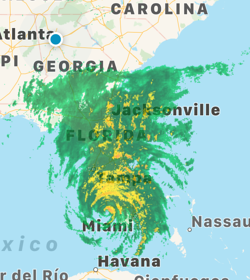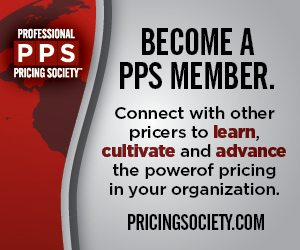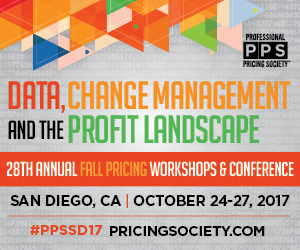Customer Value: The Price of Paradise | Strategic Pricing Solutions
Earlier this year, my wife and I moved to Florida. With year-round nice weather, palm trees and white sandy beaches, it seems like Paradise. Last week Hurricane Irma came through and reminded us of the true price of paradise. It also reminded me that buyers make trade-offs in every purchase decision, and your pricing strategies should understand and quantify the values of those trade-offs.
When we began looking for a home in Florida, we found it interesting that real estate prices were comparable to other similar-sized cities further north. However, there is a net migration of people into Florida every year. Much like my wife and me, the newcomers prefer warm, sunny climate to cold, sometimes-grey climate. You might expect that migration and desire for living near the beach to cause home prices to be higher. Although in dollar terms prices may not be higher, the non-monetary components make the price of paradise higher.
When it became clear that Hurricane Irma would threaten Florida, stores suddenly became jammed. Grocery stores sold out of water, hardware stores sold out of plywood and batteries. Gas station lines became long, and the stations sometimes ran out of gas. We drove for 10 hours in stop and go traffic to evacuate. Fortunately, we had water and found a station with gas, but not everyone could say that. Each of these things represents a trade-off, a non-monetary price for living in coastal Florida.
As I write this post, nearly 750,000 homes and businesses still do not have power. The priority for restoring power goes to hospitals, schools and other critical-need areas, so homes and businesses near those areas tend to have their power restored quickly. Conversely, purely residential areas further away tend to be lower priorities. That is another non-monetary price of living in an uncongested area.
Read complete article here:











